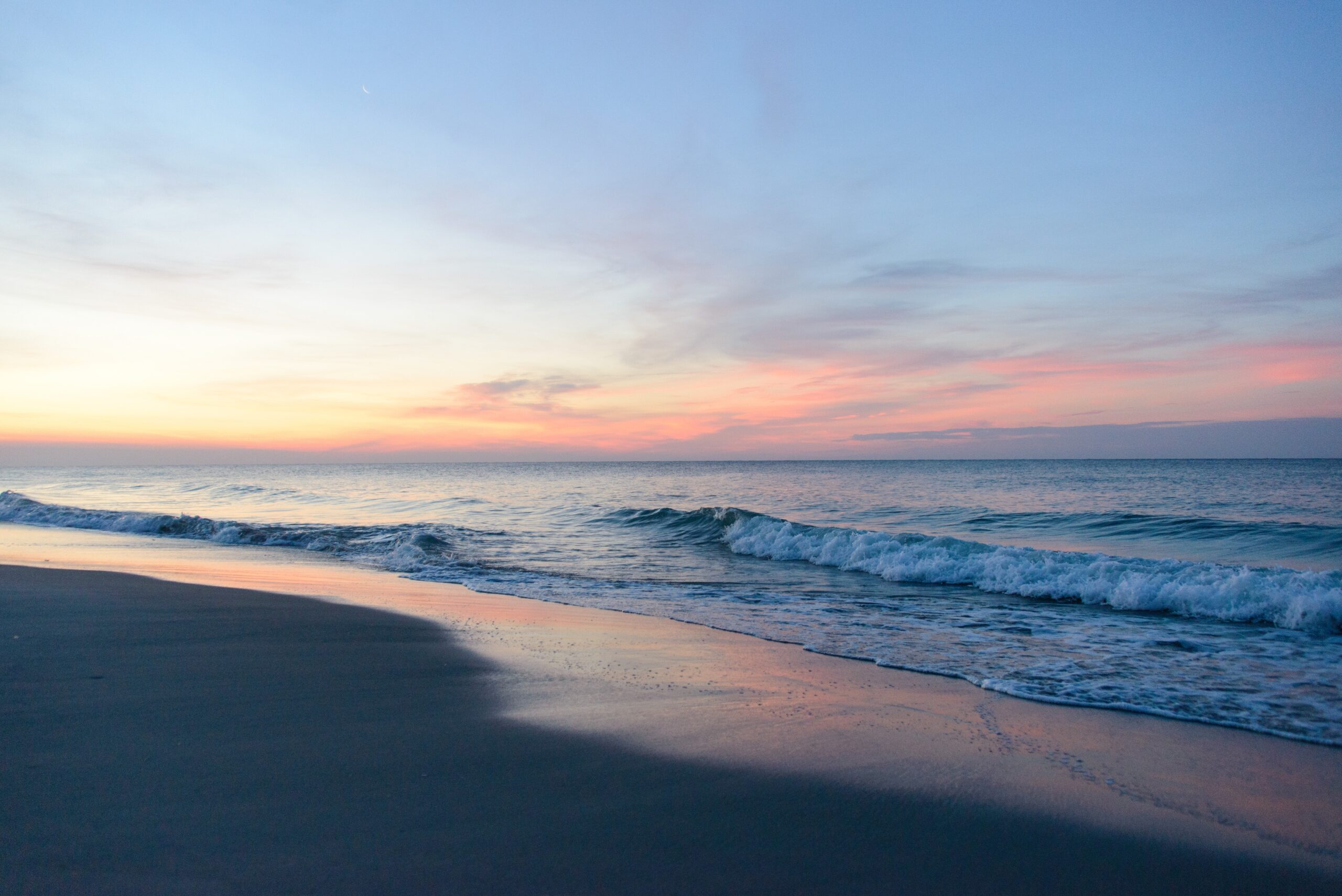Learn more about the Myrtle Beach Civil War role with this collection of stories and myths that have a touch of genuine history included.
LET SLEEPING DOGS LIE
The Civil War blockade runner Dare was chased for miles by Federals before it ran aground at North Inlet near Georgetown. The captain evacuated the passengers and crew and set fire to the ship to keep it out of enemy hands. Days later a Federal party of 25 men boarded the ship to attempt to salvage what they could and were surprised by three Confederates who overwhelmed them and took them all prisoners.
Another blockade runner, the Queen of the Waves, ran aground in the North Santee River and her captain set her aflame. Federal forces boarded the ship the next day and found seven Confederate soldiers of the Waccamaw Light Artillery hard at work salvaging the cargo. This time the Federals took the Confederates prisoner and destroyed the Queen of the Waves with explosives.
BAD MOON SINKING
The remains of the Harvest Moon can still be seen at low tide in Winyah Bay. Her fate could have been predicted from her storied past, marked by an incredible knack for striking underwater obstructions.
General William T. Sherman came aboard to meet with her commanding officer, Rear Admiral John A. Dahlgreen, while she was stationed off the coast of Savannah in 1864. She ran aground that night and couldn’t be moved the following day. The Confederates evacuated Savannah while Sherman was trapped aboard the Harvest Moon.
In Winyah Bay she managed to hit an underwater torpedo, apparently the last of a series of floating mines that had been planted months before. The bay had been dragged for torpedoes but this one had been missed, and it tore a huge hole in the Harvest Moon that sank the enormous ship inside of five minutes.
The waters are relatively shallow where the wreck now rests, and the boiler stack is visible above the waves.
A HAUNTED HOUSE OF WORSHIP
People in the area may not be able to give you directions to Prince Frederick’s Chapel but they can tell you in a heartbeat where to find the Old Gunn Church. The fragmented ruins have become a huge Halloween destination, and a fence had to be erected in recent years to keep out droves of ghost hunters, thrill seekers, and graffiti artists.
Old Gunn was the contractor who finished the job on a project that had languished during the Civil War and was not resumed until 1876. In the final stages of completion he fell to his death from the roof, and thereafter he has walked around in the belfry on moonlit nights, occasionally accompanied by the choir singing from the cemetery.
Prince Frederick’s Episcopal Chapel just outside Georgetown was seemingly doomed from the outset. And from the looks of its crumbling remains, even its demolition was a complete and dismal failure.
The Prince Frederick Parish, named for the Prince of Wales, was formed in 1734 and consisted of the land between the Black and the Pee Dee rivers, an area populated by wealthy plantation owners and prominent citizens. In its humble beginnings, the congregation met in a small wooden building, clearly not grand enough for such prominent citizens and certainly no match for the Prince George Parish in Georgetown.
In 1834 Reverend Hugh Fraser donated land for a new church on the riverbanks, but yet some foot-dragging ensued for another decade or so. When construction finally began, it aimed to create a magnificent gothic structure with the very finest of materials, and the congregation ordered its finery and adornments from all the best places in Europe.
That order had not yet arrived when the Civil War broke out in 1861 and, in fact, never did arrive. The project was abandoned and the parishioners marched off to war. Many of them never returned and the ones who did find their way back after the war were not so wealthy or influential as they were before. The church remained unfinished until Old Gunn took over the job circa 1876.
It was never the lap of luxury it was intended to be. The furnishings were sparse and so was the congregation, so much so that services were at one point reduced to once a year, Easter Sunday, with a visiting pastor presiding. The building was condemned and boarded up after a fire, and in 1966 it was demolished except for the bell tower, the front wall and the graveyard.



